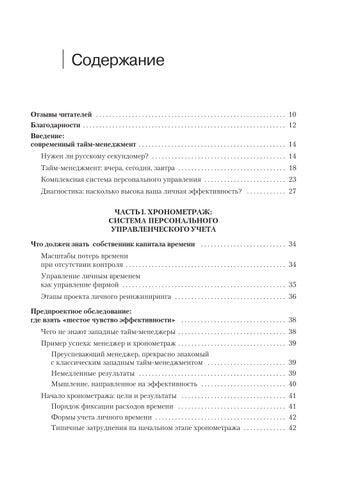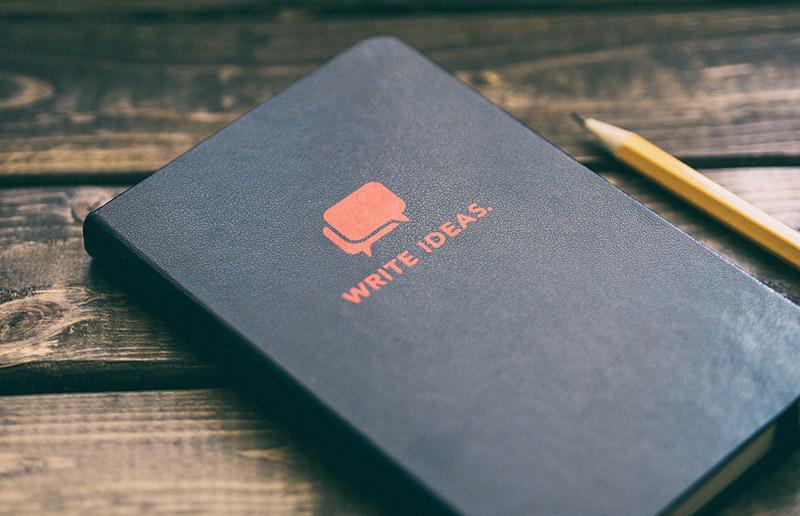
What to Avoid When Writing an Artist Statement
Contents:
 Does just saying the two words "artistic statement" make you shut down your computer and run from pens and pencils to a place where artistic statements don't exist?
Does just saying the two words "artistic statement" make you shut down your computer and run from pens and pencils to a place where artistic statements don't exist?
After all, you are an artist—not a writer—right?
Not right. Well, somehow wrong.
Of course, the focus of your career is your artwork. But you must be able to communicate your work clearly, with focus, and with passion. If you can't find the time to explain yourself and your vision in simple terms, don't expect someone else to take the time to understand it.
You are the only person in the world who knows your work intimately. You—and you are alone—spent the most time thinking about the themes and symbols in your work.
Your artist statement should be a written description of your work that provides a deeper understanding of your work through your personal history, choice of materials, and topics you address. This helps both the audience to understand what is most important to you, and the galleries to explain your work to potential buyers.
Get the most out of your application by avoiding these common mistakes.
Avoid having only one version of your artist statement
Your artist statement is a living document. It should reflect your most recent work. As your work changes and evolves, so will your artistic statement. Since you will be using your application as the basis for grant applications, cover letters, and application letters, it is important to have multiple versions of this document.
You should have three main statements: a one-page statement, a one- or two-paragraph version, and a two-sentence short version.
A one-page statement should be used to communicate your larger work to be used for exhibitions, in your portfolio, or in an app. The longer statement should be about topics and concepts that don't immediately show up in your work itself. This can then be used by journalists, curators, critics and gallery owners as a reference to promote and discuss your work.
You can use two paragraph statements (about half a page) to talk about a particular series of your work or, more briefly, to cover the most important information about your work.
A short description of one or two sentences will be the "presentation" of your work. It will focus on the main idea of your work, it is easy to insert into your social media bios and cover letters, and it will grab the attention of everyone who hears it. This is the phrase you will rely on to quickly explain your work to fresh eyes so they can better understand it.
Avoid using artistic jargon and over-intellectualizing your statement.
Now is not the time to prove your education and knowledge of the theory and history of art. We believe you have the recognition and education to be where you are.—you made it obvious in your artist biography.
Too much artistic jargon can isolate and alienate the viewer before they see your work. Use your statement to make the mission of your artwork clearer, not murkier.
Let's assume that everyone who reads your artist statement is not an artist. Use simple, clear and short sentences to get your point across. It's very impressive when you can convey a complex idea in simple words. Don't obfuscate your point of view with overly complex writing.
Reread your text when you're done and highlight any potentially confusing sections. Then try to explain out loud what you really mean. Write it down.
If your statement is hard to read, no one will read it.

Avoid Generalizations
You may want to include the most important ideas about your work, but don't talk about it in general terms. Think of two or three specific pieces and describe them, their symbolism, and the ideas behind them in concrete terms.
Ask yourself: what was I trying to convey with this work? What would I like someone who has never seen this work to know about it? Will anyone who has not seen this work, at least on some level, understand what this work is trying to do and what it looks like through this statement? How did I do it? Why did I make this work?
The answers to these questions should help you develop a statement that will make the reader want to go see your exhibition or see your work. Your artist statement should be what viewers might have when they see your work.
Avoid weak phrases
You want to come across as strong and confident in your work. This is the first exposure of many people to your work. Make sure you start with a compelling opening sentence.
Don't use phrases like "I'm trying" and "I hope." Cut out "striving" and "trying". Remember that you are already doing this through your work. Replace these phrases with stronger action words such as "reveal", "explore" or "questions".
We all feel insecure about our jobs sometimes, and that's okay. However, your statement is not the place to expose this uncertainty. People feel confident in works of art created by a confident artist.
Talk less about what you're trying to do with your artwork and more about what you've done. If you're having trouble making sense of it, think of a specific incident or story from your past and weave it into your story. How does your work make people feel? How do people react to this? What did people say? Have you had one or two big shows or memorable events? Write about those.
The last word
Your creative statement should clearly and accurately convey the deeper meaning of your work. This should draw the viewer in and make them want to know more.
With a well-crafted statement, you can give insight into your work through your personal story, choice of material, and the topics you cover. Taking the time to make a carefully crafted artist statement will not only help viewers understand what matters most to you, but it will also help galleries communicate your work.
Keep track of your artwork, documents, contacts, sales and start managing your art business better with .
Leave a Reply